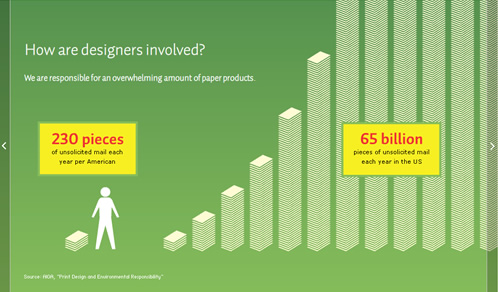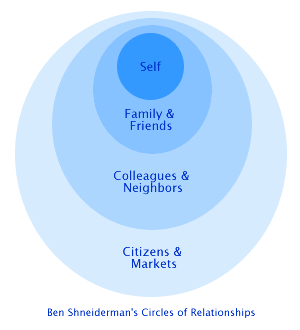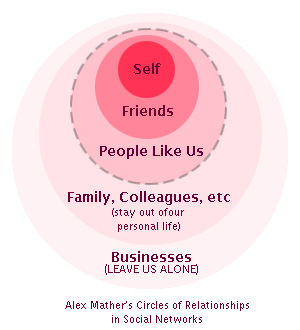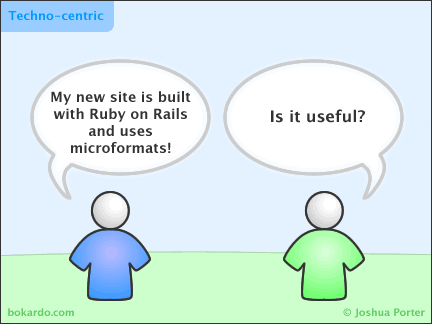How designers can help spread the good word about a product or service.
The holy grail of design is to make something so wonderful and remarkable that people can’t imagine life without it. People are so happy with it that it sells itself. This idea was expounded on beautifully by Seth Godin in The Purple Cow, a new rendering of the age-old business ideas of differentiation and competitive advantage.
The big benefit of word-of-mouth is that your marketing budget goes toward zero, as your users become your marketers. If they’re so passionate about your design they’ll tell their friends about your service, and you won’t have to. And, most likely, what they say is more influential than what you can say anyway. Focusing on this value, and designing to enable it, is a big part of social design.
Word-of-mouth is complicated from a design standpoint because it’s not a monolithic activity. It’s several smaller steps that happen in order. On one hand this makes it harder to design for because there are many little problems to solve. On the other hand, it gives designers a clearer picture of what to focus and spend time on.
You can help enable word-of-mouth by designing your application to support it by giving your users tools to share their passion about your app or service. To actually make it work, however, you have to nail most of the following steps…
Continue Reading: How to Design for Word-of-Mouth



